Sewerage types and operational characteristics of dirty
There are different types of sewage systems, differing from each other by one or another technical characteristics. Depending on the place of installation, the volume of effluent and the nature of the transported liquid - it is necessary to choose the optimal system that meets the emerging needs. On the features of various drainage networks and will be discussed in this material.
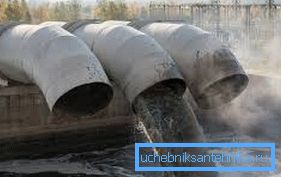
Classification of sewer systems
To destination
Depending on the tasks that the wastewater disposal system is designed to perform, the following types are distinguished:
- industrial sewage;
- system for removing rain and melt water;
- household sewage.
The first type is designed for the collection and treatment of wastewater in large volumes. This includes urban sewage, which accumulates and filters dirty water coming from apartment buildings located in a small village or district.
To recycle all waste, use powerful equipment and the most advanced cleaning technologies. Industrial sewage, in contrast to household, has additional modules that clean sewage from harmful chemicals that are often used in the production process.
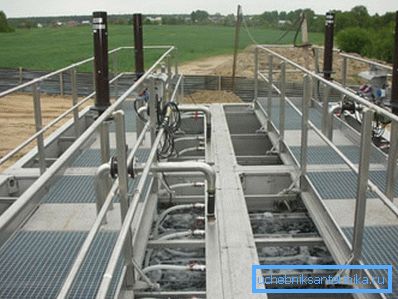
Drainage (in the common people - rainwater) is used to collect and remove water during rain and melting snow in spring. Recycling of such drains also has its own characteristics, since they contain a large amount of soil, sand and debris.
Before cleaning, storm drains must be very carefully filtered, otherwise they will quickly deteriorate the treatment plant (especially local).
In megacities and large populated areas, central sewage systems form one system with stormwater, which reduces maintenance costs for these hydraulic structures.
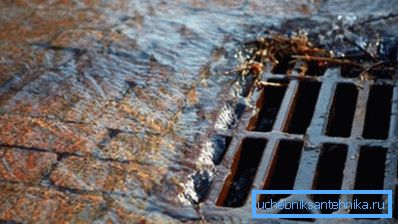
Tip! After purchasing a land plot and building a residential house on it, spare money and install a rainwater disposal system on the site. Otherwise, you will suffer every time from streams of dirty water, flooding your lawn, pool and barbecue area.
Household system (faecal sewage) is used to transport wastewater from residential buildings. It happens autonomous (for private housing or their group) and centralized - for the city or district in it.

By location
This criterion is important for the choice of material used in the manufacture of the drainage system.
There are two types of sewer network:
- Outdoor sewer network. Collects wastewater from residential or industrial buildings and delivers them to the treatment plant.
The composition of such a drainage system includes:
- trunk and local pipelines;
- pumping stations;
- collector wells or tanks;
- individual septic tanks;
- local or individual cleaning stations;
- systems that perform anti-bacterial treatment of sewage.
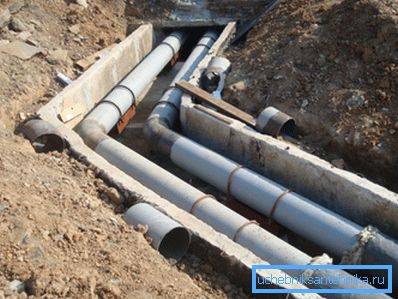
- Internal. It takes water from consumers and delivers it to the inlet of an external sewer system. It includes plumbing fixtures, pipelines of various diameters and auxiliary elements.
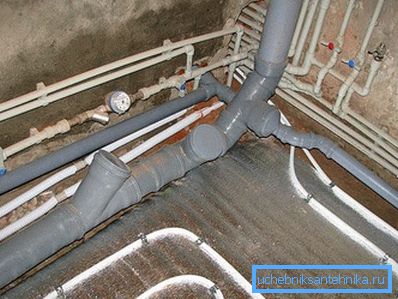
Note! Plastic sewage system, which is often mounted in private country houses with their own hands, is made of various types of pipes: for interior work - gray paint, for exterior work - brown. They differ in technical characteristics, so you can not mix parts of two colors in one network.
Outdoor sewage in turn is divided into:
- pressure - waste is transported by force using various pumping equipment;
- gravity flow - in this case, the drains are removed naturally by gravity (the pipeline must be located under a slope).
By versatility
As mentioned above, external sewage can be combined with a rainwater disposal system. In addition, sometimes the drains of small production facilities are also discharged into a common network.
Therefore, we can distinguish several other types of sewers:
- separate - industrial, storm and household waste is accumulated, transported and processed separately;
- general - one collector, pipelines and cleaning station are used;
- semi-partitioned - the network is divided into segments, each of which is designed to perform various tasks, after which all the drains merge into one system.
By installation method
In addition to pipes of various lengths and diameters, many additional shaped parts, adapters and fittings are used to create sewer networks.
According to the method of their docking and fastening differ:
- welded system - docking is done using gas welding;
- adhesive sewage - pipes are joined using fittings that are attached to the glue;
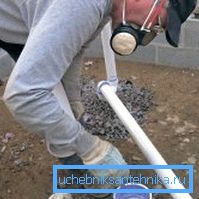
- glue-free docking - to connect the elements, it is enough to insert the smooth end of one pipe into the socket of another (the price of such a system is the lowest, and the installation is simple).
Vacuum sewer system
In special cases, sewage is used, where waste is transported due to the pressure difference in the various network segments. This is the so-called vacuum sewage system.
The air injected into the system through special valves at high speed pushes dirty water with wastes towards a special accumulative collector, which, like the whole system, is completely sealed.
The reservoir is part of a pumping station mounted underground or on its surface. The mechanisms installed there carry out the transfer of waste to the point of their treatment or the general sewage network. The power of all devices is calculated individually. All management is carried out using a special hardware-software module.
Reliability and trouble-free operation of such a system directly depends on the quality of the materials and equipment used. Choose parts with quality certificates issued by domestic and international regulatory authorities.
Plastic vacuum sewers, which are made of special raw materials with the addition of special compounds that increase strength, are now widely distributed.
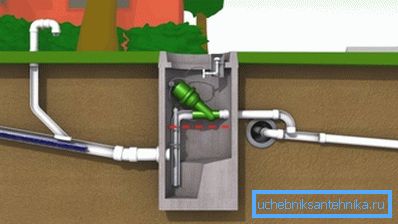
The vacuum system has the following advantages:
- for installation, you can use pipes of small diameter (from 80 to 200 mm);
- the external system is allowed to bury to a shallow depth;
- sewage is suitable for land with difficult terrain;
- it is used when groundwater flows close to the surface;
- used in areas with heavy soils.
Note! It is very difficult to make a vacuum sewer system by yourself. To be confident in quality, you need to seek help from specialized firms.
Types of treatment facilities
In contrast to centralized treatment systems, local structures are used on suburban land plots, allowing to accumulate or recycle drains:
- Cesspit. The simplest structure, which is a pit, the walls of which are lined with stone or reinforced with concrete. It serves for the accumulation of waste for the purpose of their further disposal using the Assenizatra technique.

- Storage capacity. Plastic or fiberglass tank connected to the sewer system of a private house. It receives dirty sewage, which is then pumped out with special machines. Unlike the cesspool, this drive is completely sealed and does not harm the environment.
- Septic tank. Closed sump, consisting of two or three interconnected sections. In each of them, dirty water is cleaned of any waste: in the first - suspended particles, the second - biological waste. The third section is leaking to remove excess purified water.
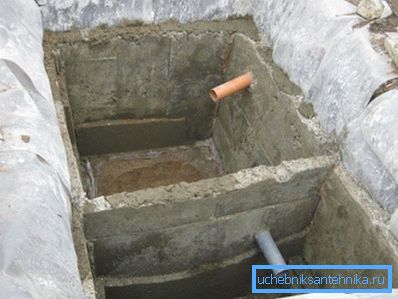
- Biological treatment station. A complex system, where water purification is carried out with the help of special microorganisms, for the habitat of which a favorable environment is created.
Conclusion
In order to select the optimal system, it is necessary to take into account the technical and economic indicators of installation and operation of the system, the requirements of the SNiP (instruction No. 04.04.03-85), as well as geological conditions of the area.
In more detail, various types of sewage are discussed in the video in this article.